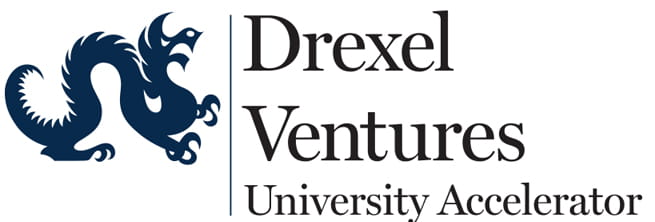Drexel in Worldwide Top 100 List for Patents
 By Frank Otto
By Frank Otto

- Drexel Environmental Collaboratory Releases Cross-Sector Findings on Severe Weather Recovery Challenges
- Drexel Launches the Manuel Stamatakis Center for Alternative Investments at the LeBow College of Business
- How and When Could AI Be Used in Emergency Medicine?
- New Businesses Bring More Options to Drexel University Community
A list released this week by the National Academy of Inventors and Intellectual Property Owners Association shows that Drexel ranks in the world’s top 100 for patents granted in the United States in 2014.
Standing officially at 61st on the list, Drexel is ahead of such prestigious institutions as Yale University and Ohio State University (tied at No. 65) and Carnegie Mellon University and Dartmouth College (tied at No. 81).
“This list includes some of the most highly regarded institutions in the world, whose research programs are fueled by billions of government and industry support,” said Bob McGrath, PhD, Drexel’s senior associate vice provost and executive director of technology commercialization. “I could not be more proud that Drexel’s innovation productivity is on par with the best.”
Officially, the Top 100 Universities Granted U.S. Utility Patents 2014 list credits Drexel with 34 total patents, nestling it just behind the University of Tokyo (35 patents) and tying it with the Hong Kong University of Science & Technology. What’s more, the official list did not count patents from the College of Medicine, which would have put Drexel at 52nd on the list.
“Leading our technology transfer and commercialization efforts over the last 10 years, Bob McGrath has done a terrific job in building a team that actively supports our academic innovators with their research and patenting activities,” said Keith Orris, Drexel’s senior vice president for corporate relations and economic development. “This ranking serves as a symbol of their success.”
A significant part of that team and the University’s research infrastructure is Drexel Ventures, of which the Office of Technology Commercialization is a part.

Drexel Ventures is a university accelerator that provides innovation services, seed funding and incubation space for the academic innovators at the University. Orris has been its lead since 2013.
“This is all meant to enhance Drexel’s legacy of innovation in our faculty. We are not afraid to try new approaches and consider big ideas,” Orris said. “We can argue that we stretch our research dollars more than most institutions.”
During the 2013-14 school year, the Hong Kong University of Science & Technology (officially tied at 61st with Drexel on the list) spent the equivalent of $296.77 million in funding on research. In research grants alone, the University of Tokyo (one spot ahead of Drexel) has the equivalent of $227.255 million at its disposal.
Per year, Drexel spends around $110 million on research.
“Patents are the end result of a long process that starts with a ‘Eureka!’ moment in the laboratory. A large number of patents reflects a high number of ‘Aha!’ moments,” McGrath said. “We have a very good process for filing good patents that issue, but the more revealing fact is that Drexel produces similar numbers of innovations each year to schools with three to five times the research funding that we have. This is a remarkable level of innovation per dollar of funding that we receive.”
“I think this is a very significant recognition underscoring Drexel’s legacy of applied research and innovation,” Orris said. “We know how to problem-solve efficiently in both time and dollar metrics. This ranking illustrates the foundation that we are building upon to advance the University innovation ecosystem.”
A key goal of Drexel’s strategic plan spanning through 2019 is expanding upon and enhancing Drexel’s research reputation. Outperforming universities with bigger faculties and expenditures in patents lists is a good way to kick that off.
Coming up with patents isn’t just about research expenditures. They’re also a boost for funding.
“The funding produced from commercialization of our patents is shared equally between the principal investigator and the University,” said Orris. “The University’s dollars are reinvested into operations to advance our research capacity here at Drexel.”
When it comes down to it, McGrath feels patents are a manifestation of Drexel’s identity, which gives Drexel its edge when competing with the big names in research and innovation.
“Innovation has been in our DNA since our founding, and it is accepted that part of our mission is to bring new technologies to society,” McGrath said. “When this type of work is not only accepted but encouraged, it removes a significant barrier to jumping into patenting with both feet.”
In This Article
Drexel News is produced by
University Marketing and Communications.